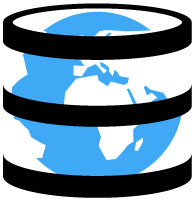
PetaCache Description
BoostEdge PetaCache is a carrier-grade hybrid cache (Web, media & download) that can store up to a Peta-Byte, compresses and minify web pages and optimizes media (images, PDF, flash). PetaCache high performance appliance fulfils all optimization requirements of an ISP such as bandwidth saving and web acceleration.